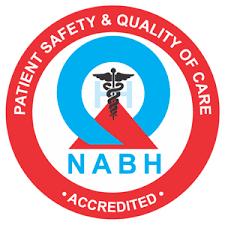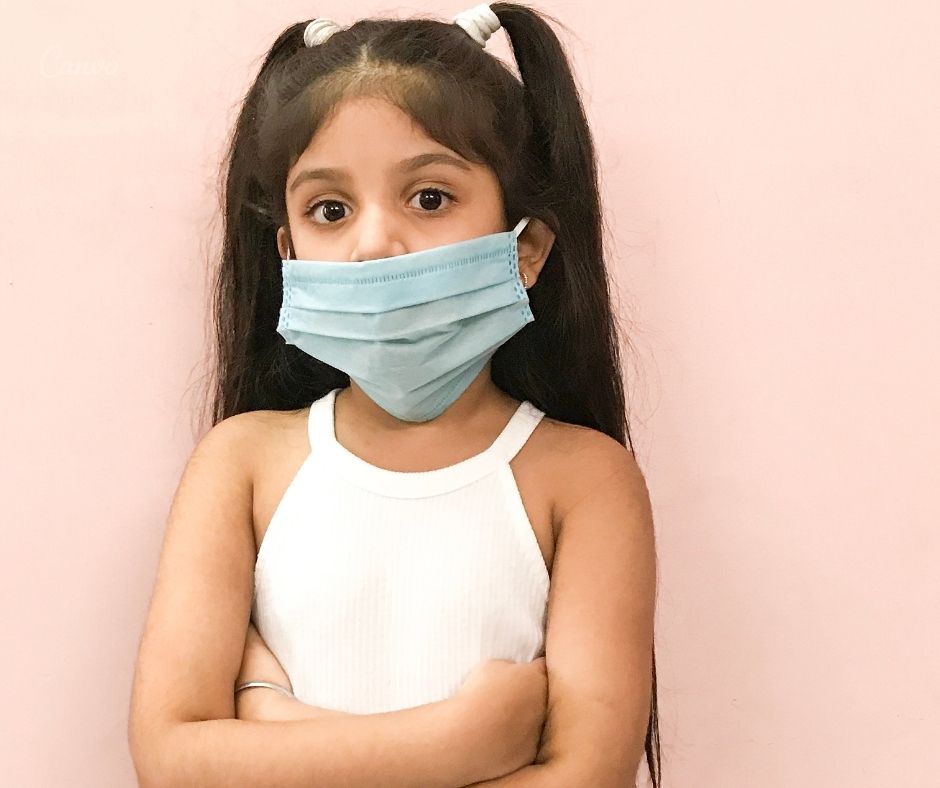The Covid-19 Spread in India.
According to the study, children are 56% less likely than adults to get infected by Sars-Cov-2 when they come in contact with an infected person, but how easily they pass on the infection to others remains unclear according to the study. Children Major Cause for Driving The Covid-19 Spread in India.
Where is a government now planning to reopen schools and colleges, the situation can be worsened in the country? In a finding with implications for reopening schools, a new study has established that children and teenagers have half the risk of getting infected by Sars-Cov-2, the virus that causes Covid-19, as compared to adults.
A study analyzed around 6000 children. Published on May 16th this year, the study said
“There is preliminary evidence that children and young people have lower susceptibility to Sars-CoV-2, with 56% lower odds of being an infected contact.
There is weak evidence that children and young people play a lesser role in transmitting Sars-CoV-2 at a population level. Our study provides no information on the infectivity of children,”
The role of children
Children and young people’s role in spreading the disease depend on several factors, including their susceptibility to infection, the severity of symptoms, viral load, social contact patterns, people’s role children, and risk behavior.
Clinical series and testing of symptomatic cases alone give biased estimates of susceptibility in children, who often don’t develop symptoms.
Although the president of Public Health Foundation of India, K Srinath Reddy, said
“The susceptibility of children to Sars-Cov2 is low, according to most of the information. If they are asymptomatic, as most are, transmission risk will be low,”
Research
Studies on Covid-19 prevalence in children have produced widely varying results, the University College London analysis noted.
Extensive studies from Iceland, the Netherlands, and Spain and Italy showed markedly lower Sars-CoV-2 prevalence among children and young people. Still, studies from Sweden, the UK and some cantons in Switzerland and Germany found no difference in infection prevalence between adults and children.
The Swedish Public Health Agency found 4.7% antibody prevalence in children and teenagers, compared to 6.7% in adults aged 20 to 64, and 2.7% in 65 to 70-year-olds, indicating significant spread in schools.
Rajesh Sagar, professor at the department of
Psychiatry at All India Institute Of Medical Sciences (AIIMS) Delhi said, “Long-lasting school closures not only leads to a loss of learning but the isolation also harms their mental health and social development, so we have to consider whether the harm outweighs the infection risk for children, who can spread it to their families, school staff and the community,”
Socially and economically deprived children who depend on schools for mid-day meals are the ones who are worst affected by this pandemic.
“Most young children find it difficult to follow social distancing norms and given a large number of students in one classroom, and crowded transport and playgrounds, schools can easily turn into infection clusters if children infect teachers or take the infection to their family and neighborhood, even if they don’t get the severe disease themselves,” said Sagar, who specializes in child mental health.
“School provides a structured setting in which children can learn and develop social competencies, such as self-confidence, friendship, empathy, participation, respect, gratitude, compassion, and responsibility.
Social and emotional learning is important for young people to become conscious members of a solidarity-based community.” Said a paper on rethinking the role of schools after Covid-19, published in The Lancet
What can be done?
A hybrid model of education with greater dependence on e-learning is being used in many countries that are reopening schools post lockdown, but it has its challenges.
Although Dr.Sagar added,
“Since all children do not have access to online learning because of uneven access, teaching using radio and television should be considered as that group cannot be ignored.”
Alternative theories.
Some researchers are stating that Child to child spreading has been a tiny fraction of all identified cases. Even where schools or daycare centers have been open, it has stayed low.
For teenagers and up, the spreading rate increases with age. The virus cannot alter the immunity system in children because it hasn’t reached a certain level of maturity.
However, the risk is that even if kids are less likely to catch the virus or are either asymptomatic (showing no symptoms) or show milder symptoms. Still, they can always actively transmit the germ to another person. So, never rule out the precautions of masking, social distancing, and hygiene.
We in India have passed out a huge coronavirus wave, but we can’t afford to mishandle the situation. Taking self-care is mandatory. Many people have shared their experience regarding their kids getting affected by covid-19.
Amongst all these theories and explanations, the proposing inferred from the situation is that The evidence clearly shows that all people, regardless of age, can get infected by SARS-CoV-2. While research shows that kids are more resistant to severe illness from the coronavirus, they are still at risk and can spread the virus even if they are not sick.
Researchers evaluated RNA (the genetic blueprint of the virus) in nasal swabs taken from 145 infected people between March and April, including 46 children younger than five and 51 children aged 5 to 17. Children with severe symptoms requiring oxygen support – who would be most likely to have the highest detectable virus levels – were excluded.
Since the virus affects people with underlying medical conditions more severely, everyone with pre-existing conditions is at risk, and children are no exception to this.
Behavioral experts say that since children come in contact with other children more frequently than adults, the risk of transmission, however low, increases more. Schools and colleges are still closed for this very reason.
Whatever may be the truth. It’s not safe to jump conclusions straight away. We must follow the experts and if they think that children are likely to spread the virus faster, we must honor their research and not challenge them until a sustainable solution comes up to this pandemic. Our safety is in our hands!
Check out our recent post on – https://www.saideephospital.com/2020/11/18/post-diwali-eye-skin-care-saideep-hospital/
Connect here for daily updates – https://www.instagram.com/saideephealthcareofficial/?hl=en


